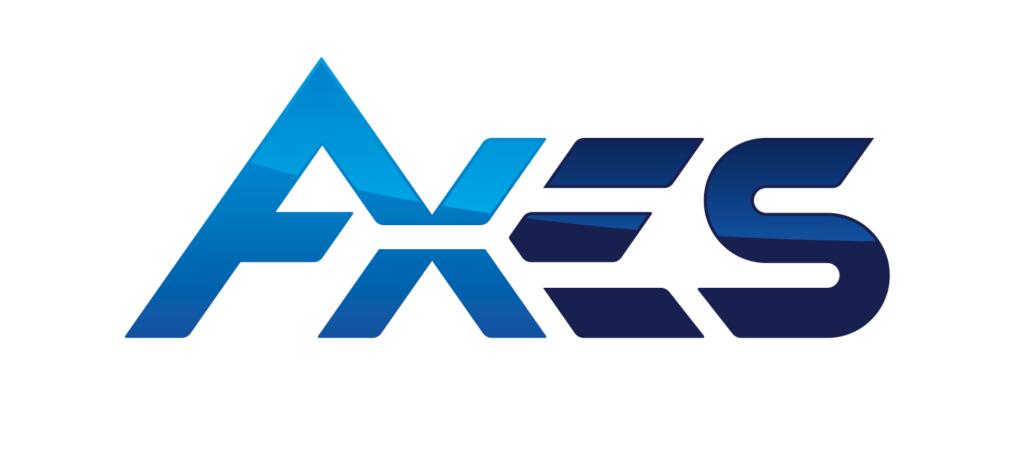Contents:

It is the method of fine-tuning the weights of a neural network based on the error rate obtained in the previous epoch (i.e., iteration). Proper tuning of the weights allows you to reduce error rates and make the model reliable by increasing its generalization. Backpropagation defines the whole procedure encompassing both the computation of the gradient and its need in the stochastic gradient descent.
Backpropagation is generally used in neural network training and computes the loss function concerning the weights of the network. It functions with a multi-layer neural network and observes the internal representations of input-output mapping. That completes the proof of the four fundamental equations of backpropagation. But it’s really just the outcome of carefully applying the chain rule.
Implementing automatic differentiation using back propagation in Python
Now is the correct time to understand what is Backpropagation. But, some of you might be wondering why we need to train a Neural Network or what exactly is the meaning of training.

The same operations can be applied to any layer in the network. Some sources use to represent the learning rate, others use , and others even use . The is included so that exponent is cancelled when we differentiate later on. The result is eventually multiplied by a learning rate anyway so it doesn’t matter that we introduce a constant here . Some sources refer to the target as the ideal and the output as the actual.
Backpropagation and computing gradients
We perform the actual updates in the neural network after we have the new weights leading into the hidden layer neurons . We figure out the total net input to each hidden layer neuron, squash the total net input using an activation function , then repeat the process with the output layer neurons. Image by authorThere are only three things to consider in backpropagation for a fully connected network such as above. The passing gradient from the right, the local gradient calculated from the derivation of the activation function, and the passing gradient regarding the weights and the inputs to the left.
Open Source Solution Replicates ChatGPT Training Process! Ready To Go With Only 1.6GB GPU Memory And Gives You 7.73 Times Faster Training! – Synced
Open Source Solution Replicates ChatGPT Training Process! Ready To Go With Only 1.6GB GPU Memory And Gives You 7.73 Times Faster Training!.
Posted: Wed, 22 Feb 2023 08:00:00 GMT [source]
W and b are backpropagation tutorial representations of the weights and biases. Derivative of C in w or b can be calculated using partial derivatives of C in the individual weights or biases. Looking carefully, you can see that all of x, z², a², z³, a³, W¹, W², b¹ and b² are missing their subscripts presented in the 4-layer network illustration above. The reason is that we have combined all parameter values in matrices, grouped by layers.
What is the Cost to Hire Mobile App Developers in Dubai?
It is one kind of backpropagation network which produces a mapping of a static input for static output. It is useful to solve static classification issues like optical character recognition. Since we are propagating backwards, first thing we need to do is, calculate the change in total errors w.r.t the output O1 and O2. Model is ready to make a prediction – Once the error becomes minimum, you can feed some inputs to your model and it will produce the output. The representation power is how effectively you are representing the neural network.
- Then, by the chain rule, we can backpropagate the gradients and obtain each local gradient as in the figure above.
- As I’ve explained it, backpropagation presents two mysteries.
- That completes the proof of the four fundamental equations of backpropagation.
- The cross-validation strategy is employed in each experiment to find the number of iterations I that produce the best results on the validation set.
- Our neural network will model a single hidden layer with three inputs and one output.
- The mean I of these estimates is then determined, and a final run of BACKPROPAGATION is run with no validation set, training on all n cases for I iterations.
The role of an activation function is to introduce nonlinearity. An advantage of this is that the output is mapped from a range of 0 and 1, making it easier to alter weights in the future. The magic of backpropragation is that it computes all partial derivatives in time proportional to the network size. This is much more efficient than computing derivatives in “forward mode”.
And enables one to automatically obtain the partial derivatives and . Numerically we could do this by choosing some small value and computing both and . Evaluation between s and y happens through a cost function. This can be as simple as MSE or more complex like cross-entropy. Input and Hidden_1 layersYou will see that z² can be expressed using ² and ² where ² and ² are the sums of the multiplication between every input x_i with the corresponding weight ¹.
Similarly, we can calculate the other weight values as well. Basically, what we need to do, we need to somehow explain the model to change the parameters , such that error becomes minimum. Now obviously, we are not superhuman.So, it’s not necessary that whatever weight values we have selected will be correct, or it fits our model the best. While designing a Neural Network, in the beginning, we initialize weights with some random values or any variable for that fact. There are several approaches for dealing with the overfitting problem in BACKPROPAGATION learning. Recurrent Backpropagation − The Recurrent Propagation is directed forward or conducted until a certain determined value or threshold value is reached.
Multilayer Perceptrons use this supervised learning approach . Calculating the delta output sum and then applying the derivative of the sigmoid function are very important to backpropagation. The derivative of the sigmoid, also known as sigmoid prime, will give us the rate of change, or slope, of the activation function at output sum. When we are training the network, we are simply updating the weights so that the output result becomes closer to the answer.
Reinforcement Learning
You might reach a point, where if you further update the weight, the error will increase. At that time you need to stop, and that is your final weight value. Calculate the error – How far is your model output from the actual output.

Specifically, at the time we call _backward we assume that u.grad already contains where is the final value we are interested in. For every value that was used to compute , we add to v.grad the quantity . For the latter quantity we need to keep track of how was computed from . However, it is not the same, a point made by this blog post of Lunjia Hu and also here. Activations a² and a³ are computed using an activation function f. Typically, this function f is non-linear (e.g. sigmoid, ReLU, tanh) and allows the network to learn complex patterns in data.
Graphical Models Certification Training
It is a standard form of artificial network training, which helps to calculate gradient loss function with respect to all weights in the network. The backpropagation algorithm is used to train a neural network more effectively through a chain rule method. It defines after each forward, the backpropagation implements backward pass through a web by adjusting the arguments of the model. Backpropagation in neural network is a short form for “backward propagation of errors.” It is a standard method of training artificial neural networks.
Now that we have the https://forexhero.info/ function, our goal is to get it as close as we can to 0. That means we will need to have close to no loss at all. As we are training our network, all we are doing is minimizing the loss. Now, we need to use matrix multiplication again, with another set of random weights, to calculate our output layer value. Remember that our synapses perform a dot product, or matrix multiplication of the input and weight.
Is read as “the partial derivative of with respect to “. It helps to assess the impact that a given input variable has on a network output. The knowledge gained from this analysis should be represented in rules.